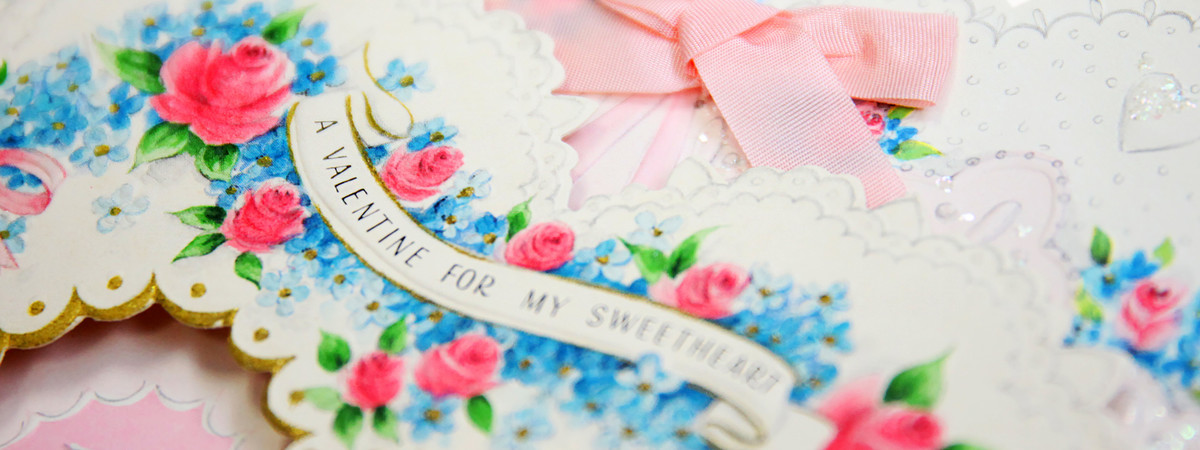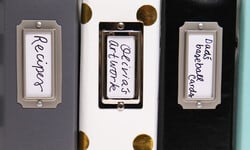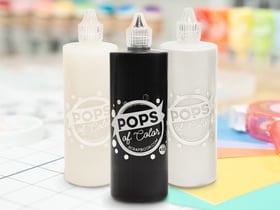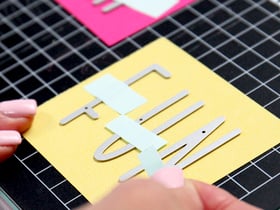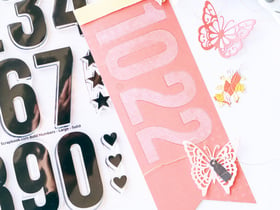No holiday besides Christmas is more associated with cards than Valentine’s Day. But how did the celebration of Valentine’s Day become so entangled with cards? The relationship, it turns out, is older than the printing press itself with roots dating all the way back to ancient Rome!
The Roman Holidays of Februa and Lupercalia
Like many of our modern holidays, Valentine’s Day has its origins in a Roman holiday (but not the kind starring Audrey Hepburn). The Roman cleansing ritual of Februa, held on the 15th of February (which is how the month of February got its name) is the very beginning of what we now know so fondly as Valentine's Day. Februa eventually evolved into Lupercalia, a pagan festival meant to secure fertility and bounty for the following year.
The ceremonies of Lupercalia included sacrificing goats and dogs to the god Lupercus (the Roman god of agriculture and shepherds) and then sending young men running through the streets carrying strips of the sacrificial goat's hide, soaked in blood. If a woman was struck with one of the strips of hide (which was the intent), it was believed to guarantee her fertility and healthy childbirth the following year. The men would also strike crops and fields with the hide to ensure bountiful crops for the season to come.
Lupercalia also celebrated the conception of Rome itself. The tale of Rome's founding involves two young orphan boys, Romulus and Remus, being raised by a lone she-wolf. Each year, the Lupercalia festival would begin in the sacred cave where Roman priests believed Romulus and Remus were raised by the wolf. The name Lupercalia probably comes from the word lupus - Latin for wolf.
You can read more about the complex history of Valentine's Day itself here.
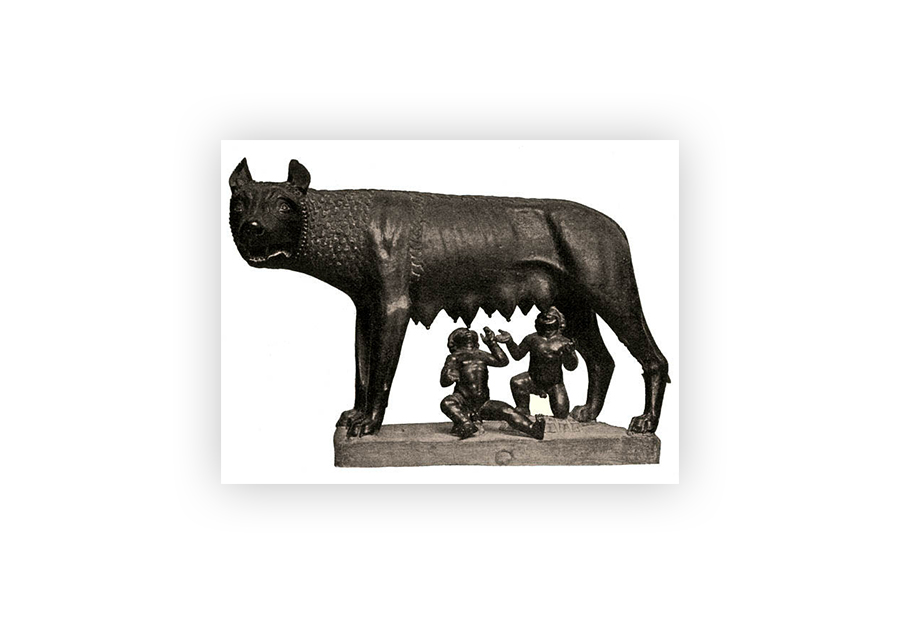
Who is St. Valentine?
Most of us know that Valentine’s Day is named for St. Valentine, but did you know there was more than one St. Valentine, and that there is debate over which one the holiday is actually named for? At least three, and as many as a dozen Catholic martyrs from Roman times into the 19th century carry the name of “St. Valentine”.

What could be considered the first “valentine” may have been sent by one of these St. Valentines. Jailed for proselytizing and defying Emperor Claudius’ ban on performing marriages, St. Valentine of Terni was condemned to be executed sometime around 278 AD. Legend has it that before his execution, he wrote a farewell letter to Julia, the daughter of his jailer Asterius, who had befriended him. (In some versions of the tale, St. Valentine is reported to have healed Julia’s blindness.) The letter was supposedly signed “from your Valentine” – the first “valentine”.
Valentine's Day and Birds
In the year 496 AD, Pope Gelasius the first declared the first Feast Day of St. Valentine on February 14th. In the beginning, this feast day was simply a religious honoring of a martyr. It was not until centuries later that the date and St. Valentine came to be associated with the concept of romantic love.
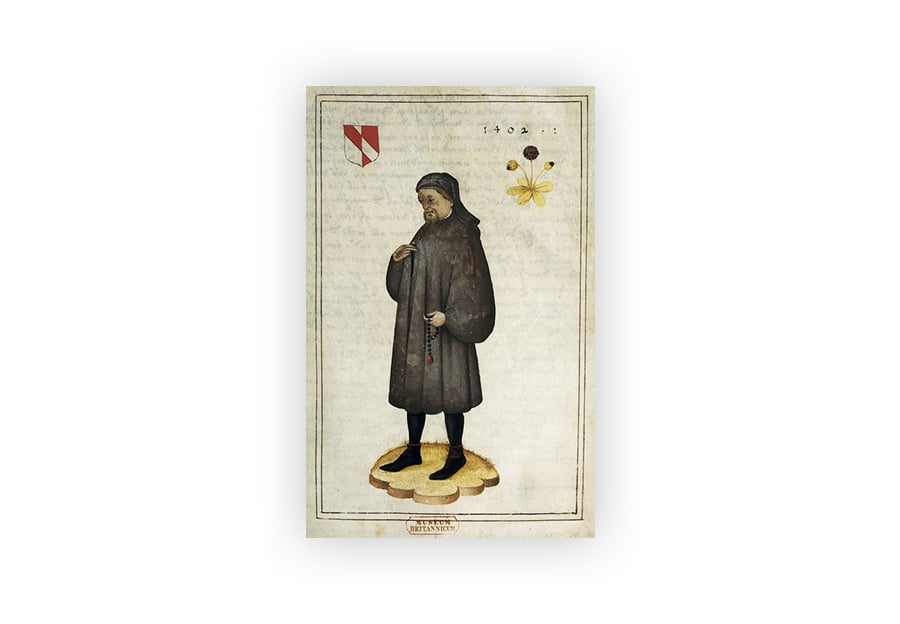
It’s nearly a millennium after that, in the 14th century, before we find the first reference to the concept of Valentine’s Day as a day for romantic love. It came in Geoffrey Chaucer’s poem “Parlement of Foules”, believed to have been authored in 1382:
“For this was on seynt Valentynes day, Whan every foul cometh ther to chese his make”
In modern terms, that means roughly “this was on St. Valentine’s Day, when every bird comes there to choose his mate." These lines reflected the widely held belief in the Middle Ages that birds selected mates in mid-February.
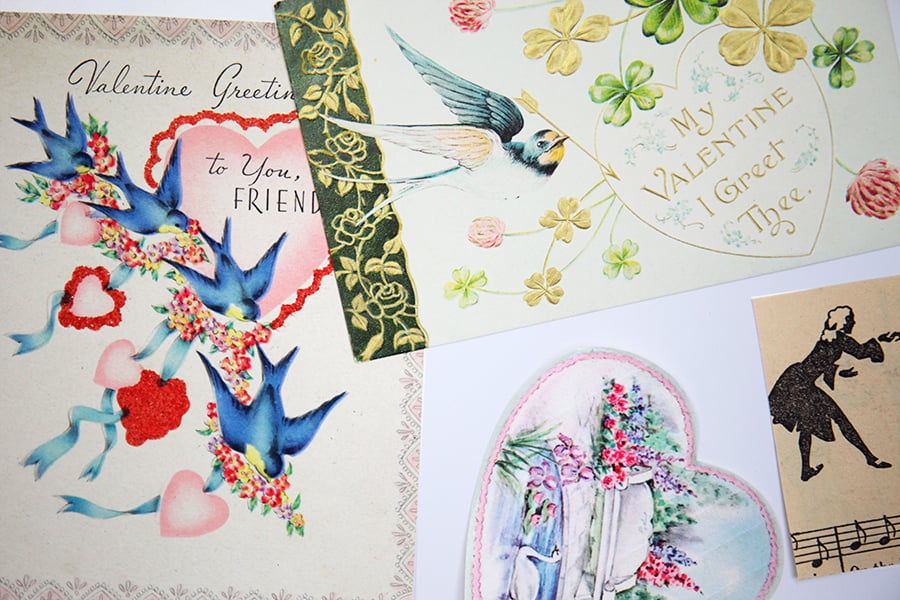 While Chaucer made an indirect and subtle reference to Valentine’s Day being a romantic day, an event from the French royal court of Charles VI is the first recorded instance of romantic love being directly celebrated on February 14th. A document called the Charter of the Court of Love, which is attributed to Charles VI on Valentine’s Day in 1400, decrees that there should be feasting and purports to establish a court to rule on disputes of love. However, no other record of the court’s existence have been found.
While Chaucer made an indirect and subtle reference to Valentine’s Day being a romantic day, an event from the French royal court of Charles VI is the first recorded instance of romantic love being directly celebrated on February 14th. A document called the Charter of the Court of Love, which is attributed to Charles VI on Valentine’s Day in 1400, decrees that there should be feasting and purports to establish a court to rule on disputes of love. However, no other record of the court’s existence have been found.
The World's Oldest Valentine's Day Card
The earliest surviving romantic Valentine missive also has French origins. It was written by Charles, Duke of Orleans while he was imprisoned in the Tower of London, after being captured by the English during the Battle of Agincourt in 1415. Written to his wife Bonne of Armagnac, the love poem repeats phrases using "Valentine" as a term of endearment several times:
Je suis desja d'amour tanné
Ma tres doulce Valentinée
This French prose translates to “I am already sick of love, My very gentle Valentine” in English. Sadly, the Duke’s wife died before receiving the words of love of her imprisoned husband and today his words reside in the British Library.
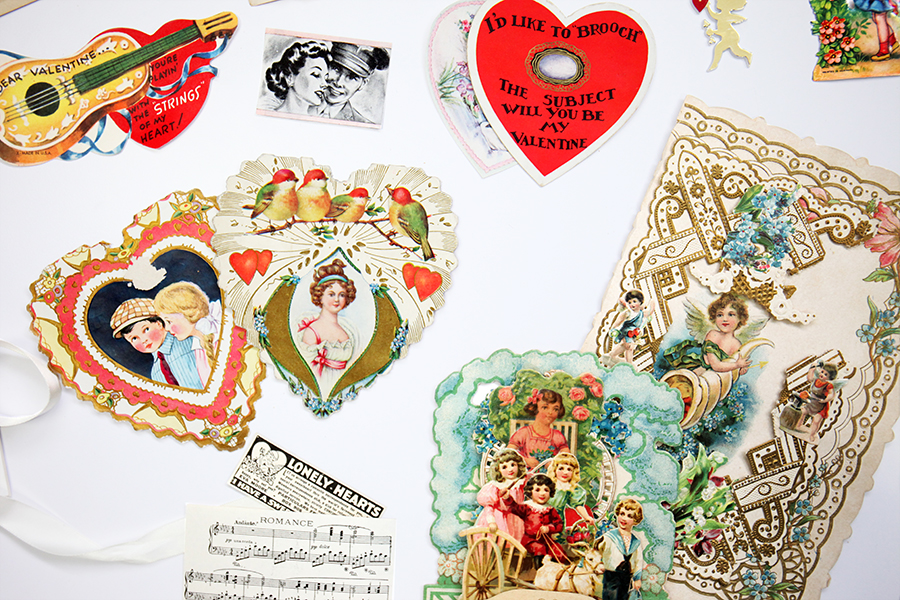
Also found in the British Library is the earliest known English language example of a Valentine. Dating to February 1477, the love letter was written by Margery Brews to her fiancé John Paston. Margery refers to John as her “right well-beloved Valentine” and beseeches him to marry her despite the fact she hasn’t been able to convince her father to increase her dowry. (Romance in the 15th century was as much about practical matters as it was about passion.) Good news, romantics – the couple did go on to marry.
Valentine's Day in Literature
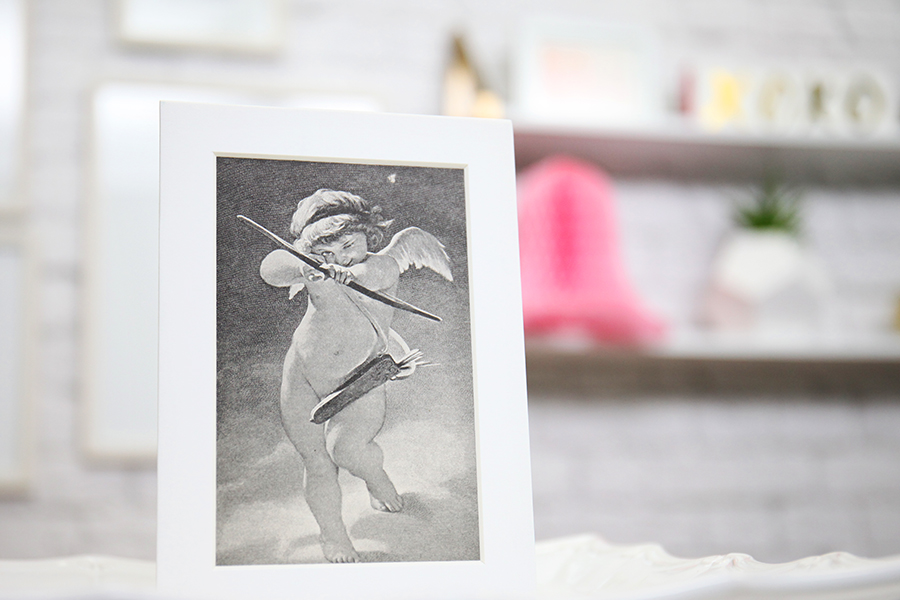
Another of the earliest literary references to Valentine’s Day is found in the works of British playwright William Shakespeare. While Shakespeare did write some epic romances (like Romeo & Juliet), his Valentine’s Day reference is actually found in a work whose main plot focuses on something very different: revenge. In Hamlet, written around 1600, Ophelia sings in Act IV scene 5 to the King:
To-morrow is Saint Valentine's day,
All in the morning betime,
And I a maid at your window,
To be your Valentine.
This Shakespeare verse referred to a belief of the time that the first woman a man saw on St. Valentine’s Day would be his true love.

By the 1660s, when Samuel Pepys wrote repeatedly of Valentine’s Day in his famous diaries, high class Londoners were treating the belief as more lighthearted fun than a search for true love. In 1661, Pepys describes the choosing of Valentines at a Valentine’s Day eve party with friends, followed by early morning visits by the men of the party to claim their “Valentine” as “very merry”. In the following days, small gifts were bestowed on the Valentines as part of the merry making. Pepys recorded a shopping excursion with his wife and Valentine, Mrs. Batten, a few days after Valentine’s Day that year, during which he gifted her with several sets of gloves (a necessity for a proper lady of the time).
The Oldest Printed Valentine
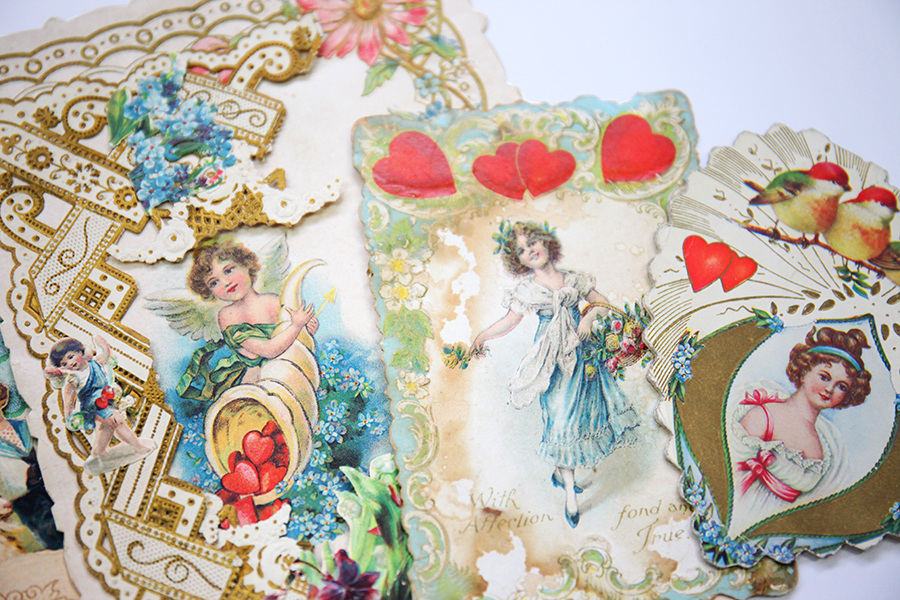
In the 1700s, something recognizable as a form of the modern greeting card began to be seen for Valentine’s Day. Pre-made cards weren’t available yet, so these early cards were handmade, and usually delivered secretly by slipping them under a door. Lovers who couldn’t put their ardent desire into heart-stopping words for their beloved themselves could buy printed verse guides full of suggestions with which to woo their valentine – the 18th century equivalent of modern cardmakers’ idea books for card sentiments!
York Castle Museum in York, England has in their collection what is believed to be the oldest printed Valentine’s Day card in existence. Printed in London in 1797, it is hand colored (since full color printing didn’t exist in the 18th century) and features elaborate floral patterns, cupids, doves, and a lace effect created by piercing the paper. A verse trails around the edge of the floral pattern:
Since on this ever Happy day, All Nature's full of Love and Play. Yet harmless still if my design,'Tis but to be your Valentine.
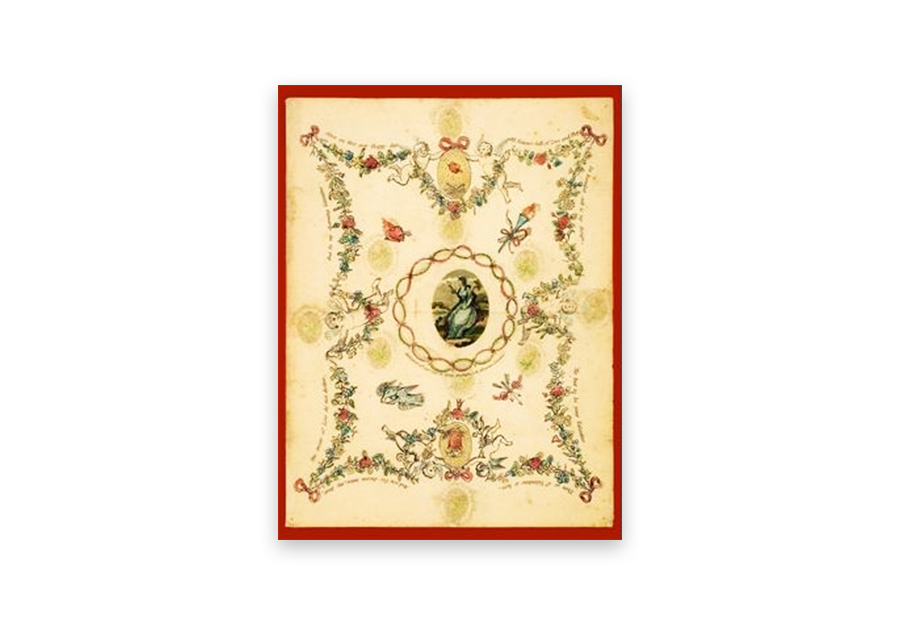
Unfortunately, it seems not all was well in the romantic life of the sender, Catherine Mossday, and the recipient, a Mr. Brown. Catherine’s handwritten message to Mr. Brown in the card indicates he has ignored several previous requests to call on her, and promises that “I have something particular to say to you” if he would only come visit her on “Sunday next without fail”. (In the social mores of the 18th century, it just was not proper for a lady to call on a gentleman.)
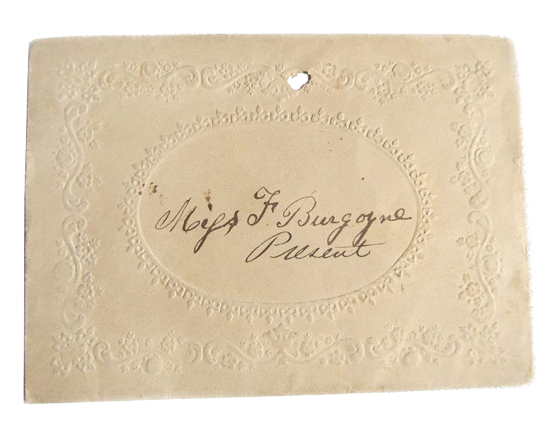
The Origin of Valentine's Day Traditions
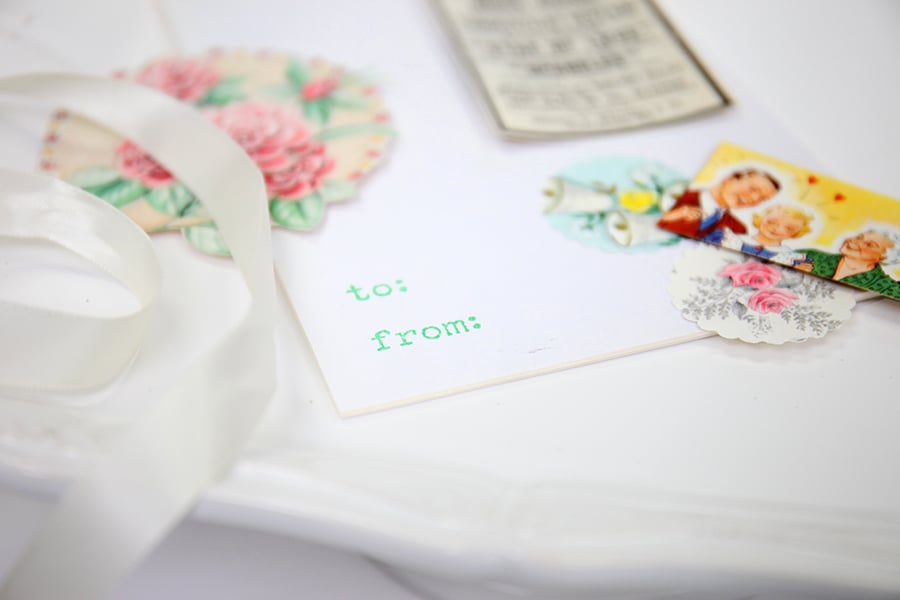
On Valentine's Day, we usually think about chocolate, cards, and flowers (you can read more about how chocolate became associated with the holiday here). In the 1600s, the idea and act of creating and giving cards on February 14th had gained steam and normalized in the Western world. However, it wasn't until the 1700s that sending flowers was introduced.
Sweden's King Charles II pioneered an idea that helped evolve modern day flower giving into what we know it as today. The idea: to use flowers as a language - literally. Lexicons began to be published throughout the west in order to send and interpret particular messages through flowers sent and received. Sending a lily or a rose carried a very particular message or sentiment. Entire conversations could be carried in floral arrangements.
Though this idea does not belong to King Charles II, as floriography (as speaking through flowers is often referred to) dates back to even the Hebrew Bible.
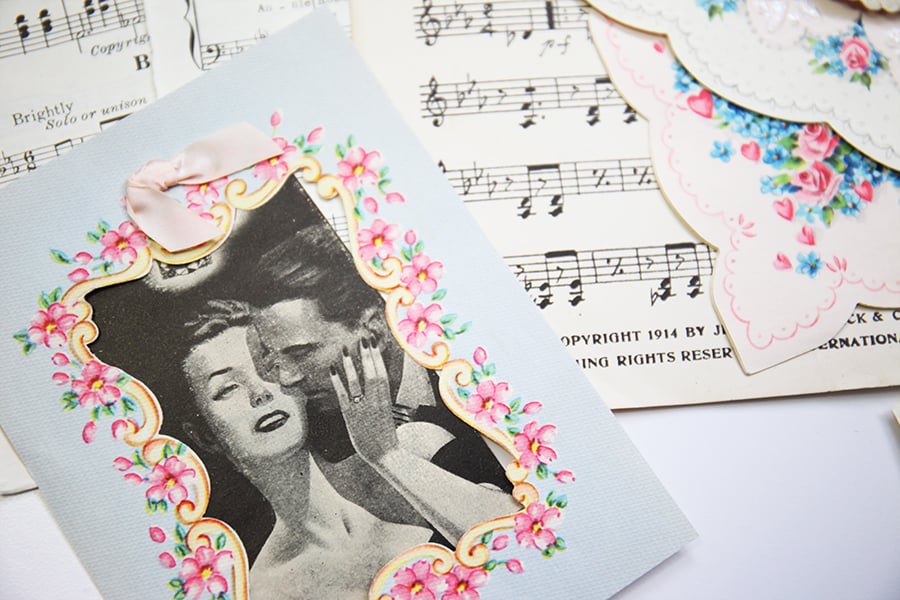
Floriography was the perfect predecessor of the Victorian Era and carried on throughout, as hushed politeness and modesty were of the utmost importance in these decades. Suitors, friends, and even enemies could convey their true feelings through a particular arrangement. To ensure the point came across and the bouquet wasn't lost in translation, "dictionaries" existed to interpret the cryptic botanic exchange.
Here are some of the most popular flowers' cryptic meanings:
- Rose: Love
- Azalea: Temperance
- Striped Carnation: Refusal
- Four Leaved Clover: Be Mine
- Daisy: Innocence
- Daffodil: Regard
- Dahlia: Instability
- Ranunculus: You are rich in attraction
- Hydrangea: A boaster, heartlessness
- Purple Lilac: First emotions of love
- Peony: Shame or bashfulness
- Red Poppy: Consolation
- Tulip: Fame
- Blue Violet: Faithfulness
- Water Lily: Purity of Heart
- Zinnia: Thoughts of absent friends
Vinegar Valentines and the Victorian Era
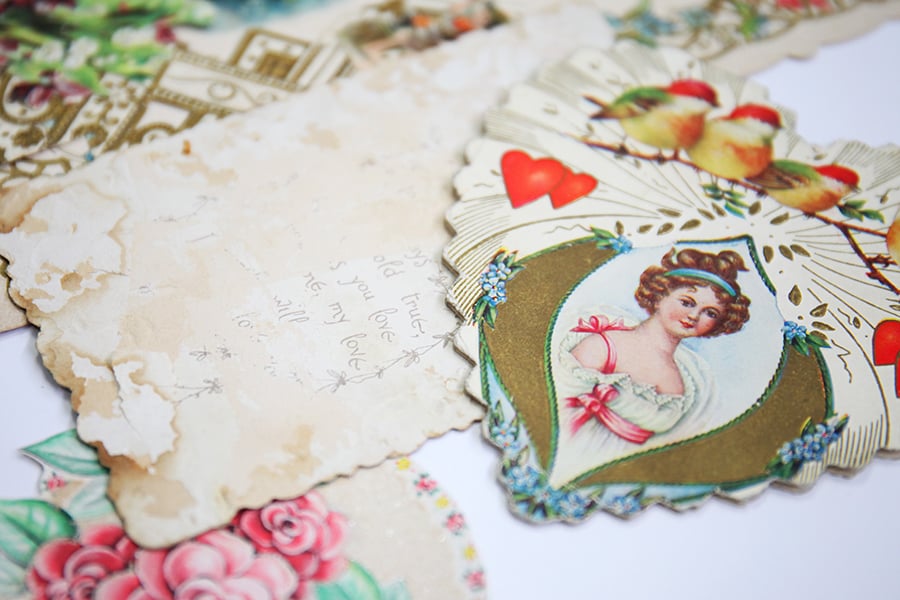 Like so much else about our modern romantic traditions (wearing white for weddings, for instance), the modern Valentine’s Day card truly gained popularity during the Victorian era in Britain. The growing affordability of printing made the production and sequential purchasing of cards more accessible to the mass market at the same time that the introduction of the penny post made it more affordable to mail them. In 1835, approximately 60,000 Valentine’s Day cards were sent by post in Britain. After the introduction of the penny post five years later, that number skyrocketed to over 400,000 cards!
Like so much else about our modern romantic traditions (wearing white for weddings, for instance), the modern Valentine’s Day card truly gained popularity during the Victorian era in Britain. The growing affordability of printing made the production and sequential purchasing of cards more accessible to the mass market at the same time that the introduction of the penny post made it more affordable to mail them. In 1835, approximately 60,000 Valentine’s Day cards were sent by post in Britain. After the introduction of the penny post five years later, that number skyrocketed to over 400,000 cards!
The advent of affordable printing and postage didn’t just increase the number of Valentine’s Day cards sent each year, it also changed the character of Valentine’s Day cards. The 19th century – especially starting around 1840, when the penny post was introduced – saw Valentine’s Day cards shift from being purely for romance to also include designs that were humorous, political, insulting, or even, regrettably, racist.

In modern times, we think of the Victorian period of history as being very prim and proper – personified by the Queen who gave the period its name. But the reality behind closed doors was far different. Look at Valentine’s Day cards from the period – like the one that York Castle Museum included in an exhibition of Valentine’s Day cards a few years ago. It featured a mustache made of actual mustache hair – and you’ll find snark, flirtation, and political wit that would fit right in today. (And in case you were wondering, York Castle Museum did declare the mustache card to be the “worst ever” Valentine’s Day card.)

The mustache card was an example of a peculiar variation of Victorian Valentine’s Day card called “vinegar cards”. Because most Valentines were delivered anonymously during the repressed 19th century, a new type of pre-printed caricature Valentine’s postcard gained popularity. This type of Valentine was not designed to flatter, but rather to insult and air grievances. (Think of “vinegar valentines” as the 19th century version of hate tweeting from an anonymous account.) Vinegar valentines insulted the recipient’s physical traits, profession, lack of a marriage partner, or other character traits.
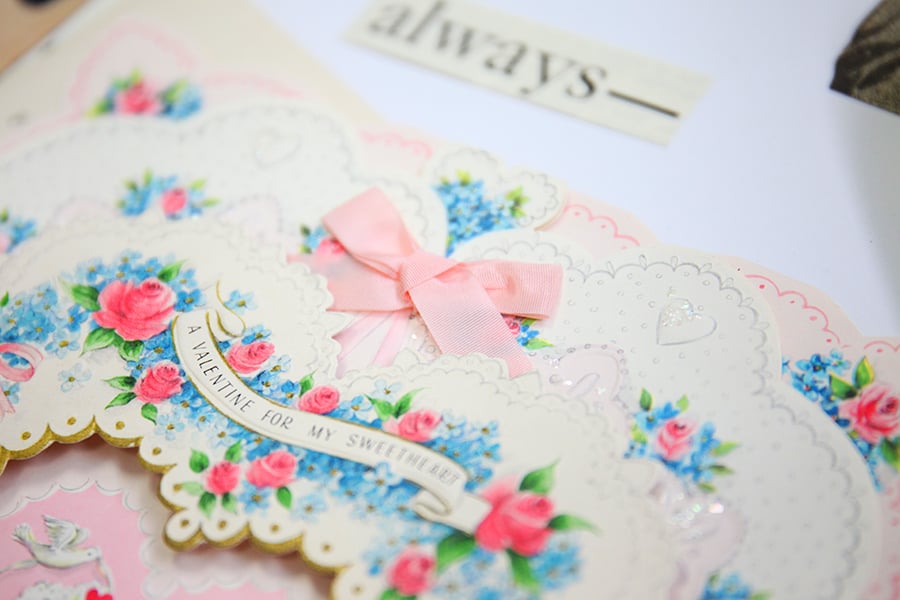
However, the Victorian period is known more for its ornate, elegant aesthetic, and there was plenty of that on display in its Valentine’s Day cards. Lace, cut paper, and intricate full-color images were signature features of ornately-layered Victorian Valentine’s Day cards. Some of these features, like many other 19th century trends, were driven by new technology – some European stationery manufacturers discovered that they could produce ornate cut paper by filing down the surface of embossed paper. This cut paper was then used to create layers and windows that revealed beautiful printed images on Valentine’s Day cards of the period.
The Mother of the American Valentine
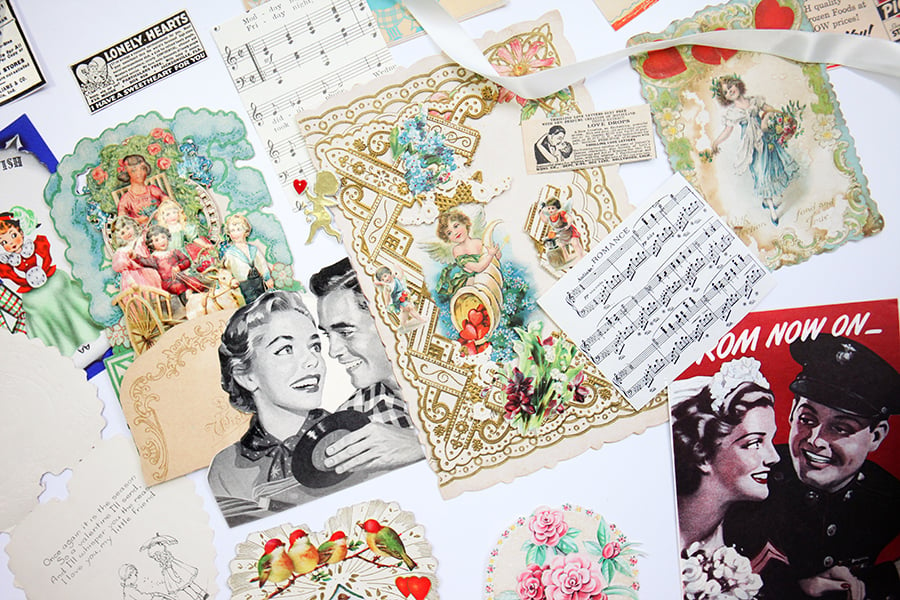
Esther Howland, whose father owned the largest stationery store in Worcester, Massachusetts, is nicknamed the “Mother of the American Valentine” and credited with creating the first mass market printed Valentines in the United States. In 1849, Howland designed a line of Valentine’s Day cards after being inspired by one sent to her from England. Howland’s cards, featuring lacey cut-outs and intricate illustrations, were assembled in her home by a bevy of local ladies that she hired. (Howland’s workers were arguably the Victorian pre-cursor of today’s professional Etsy artisans, in a way.) Because Howland’s Valentines used papers and illustrations imported from Europe with the help of her father’s stationery business, her cards were very different than other Valentines already on the U.S. market at the time.
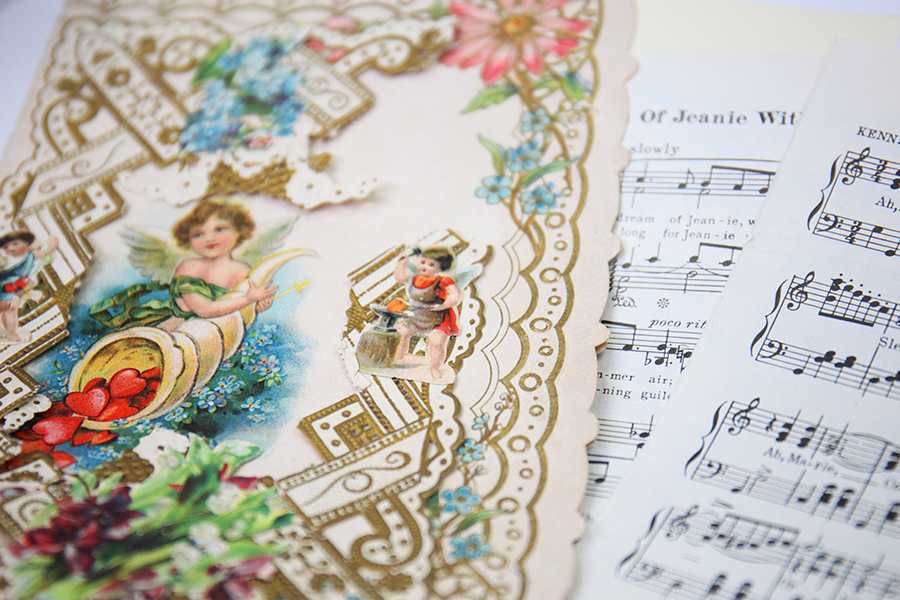
At the peak of her success, Howland was selling as much as $100,000 per year in Valentine’s cards with distribution all across the country. Eventually, Howland’s operation became known as the New England Valentine Company. The company remained a home-based operation until the mid-1870s when it moved production into its first factory. In 1881, New England Valentine Company was purchased from Esther Howland by George Whitney, who owned a competing Valentine company, and Howland retired from entrepreneurship to become a caregiver for her ailing father.
Ms. Howland is who we owe our thanks to when it comes to a pivotal movement in Valentine's Day cards. Since the days of her female-led business empire, Valentine's Day has forever been linked to card giving.
Hallmark Valentines
In the 20th century (and beyond), the name Hallmark has become synonymous with Valentines for many Americans. Hallmark – or Hall Bros. as it was then called - sold its first Valentine’s Day cards in 1913. Those initial postcard designs were purchased from another company, and in 1916 the company began producing its own Valentine’s Day card designs.
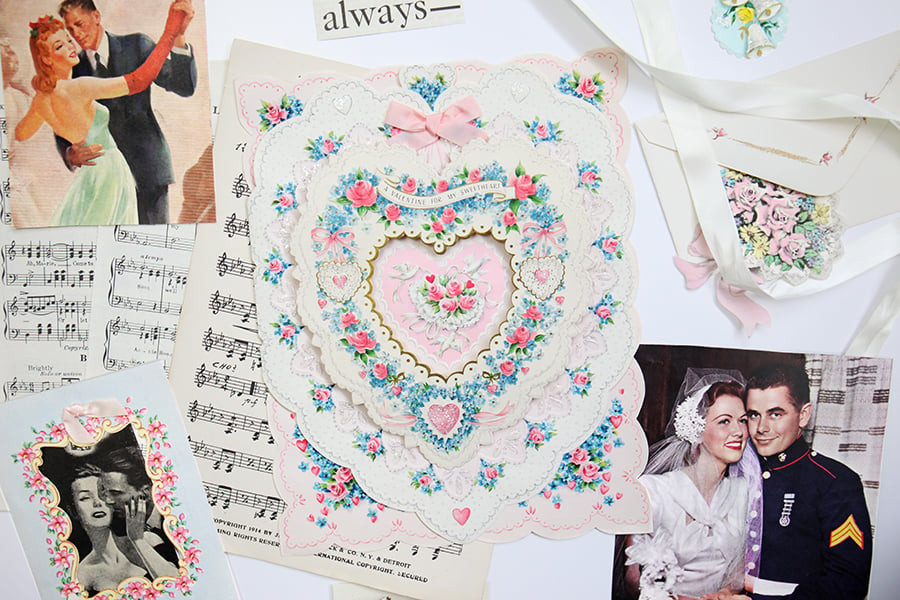
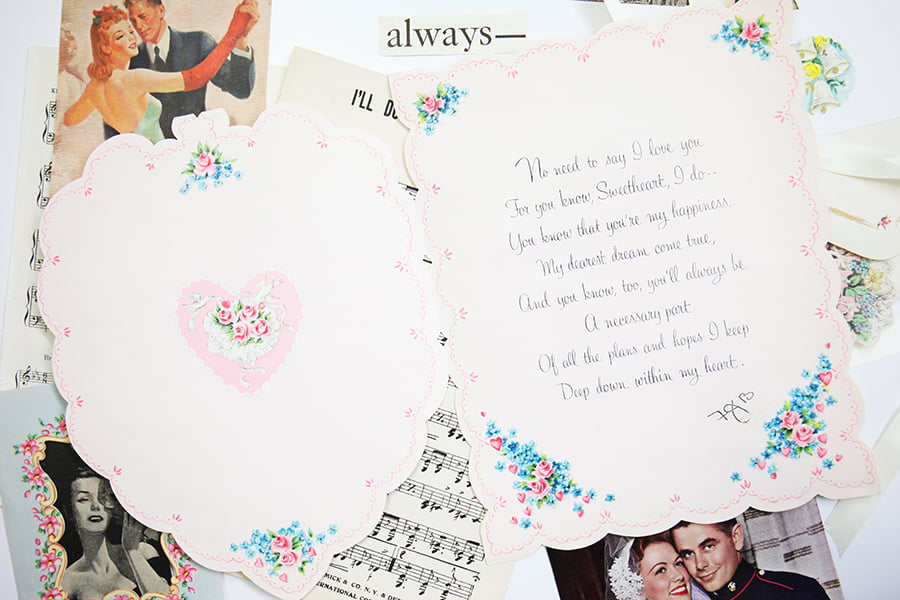 Over the course of the 20th century, with the help of Hallmark and companies that sell products like chocolate and flowers, Valentine’s Day became more and more commercialized. A hundred years after the death of Queen Victoria, her era’s coy tradition of anonymously delivering words of affection (and sometimes lack there of) has become a holiday steeped in risque cards and lingerie. But, the holiday has also expanded to include family members and friends, with school children preparing and giving Valentine’s Day cards in classroom exchanges.
Over the course of the 20th century, with the help of Hallmark and companies that sell products like chocolate and flowers, Valentine’s Day became more and more commercialized. A hundred years after the death of Queen Victoria, her era’s coy tradition of anonymously delivering words of affection (and sometimes lack there of) has become a holiday steeped in risque cards and lingerie. But, the holiday has also expanded to include family members and friends, with school children preparing and giving Valentine’s Day cards in classroom exchanges.
Valentine's Day Cards in the Classroom
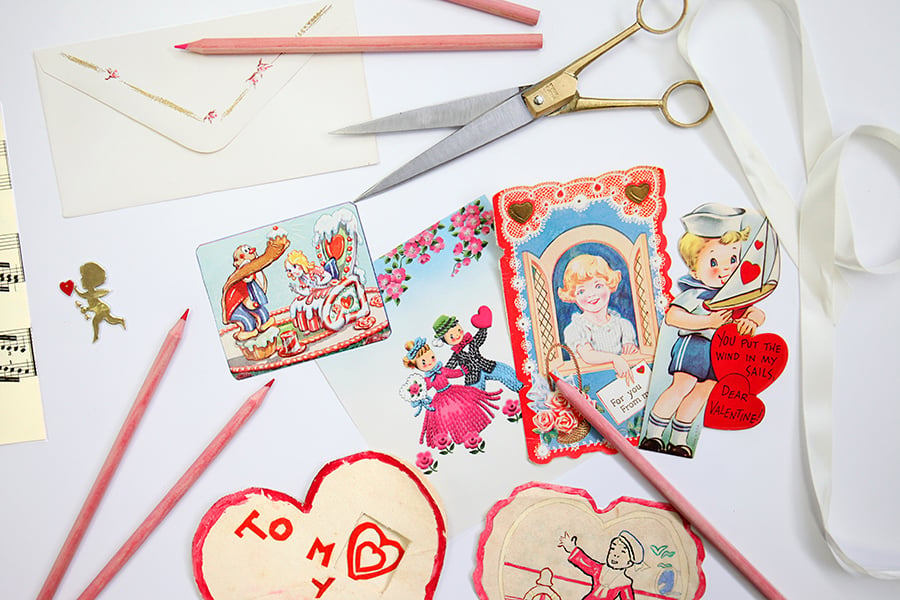 Though little written history exists on the topic, we all know and remember well, the era of making, giving, and receiving Valentine's Day cards in the classroom. Trading cards in the classroom goes as far back as the early 1900s, even perhaps as far back as the late 19th century and the first mass-produced cards.
Though little written history exists on the topic, we all know and remember well, the era of making, giving, and receiving Valentine's Day cards in the classroom. Trading cards in the classroom goes as far back as the early 1900s, even perhaps as far back as the late 19th century and the first mass-produced cards.
Gifting sweet sentiments to classmates certainly became much easier when commercial Valentine's Day cards became widely and easily accessible, but just as it is today, creating handmade cards was also popular in the classroom.
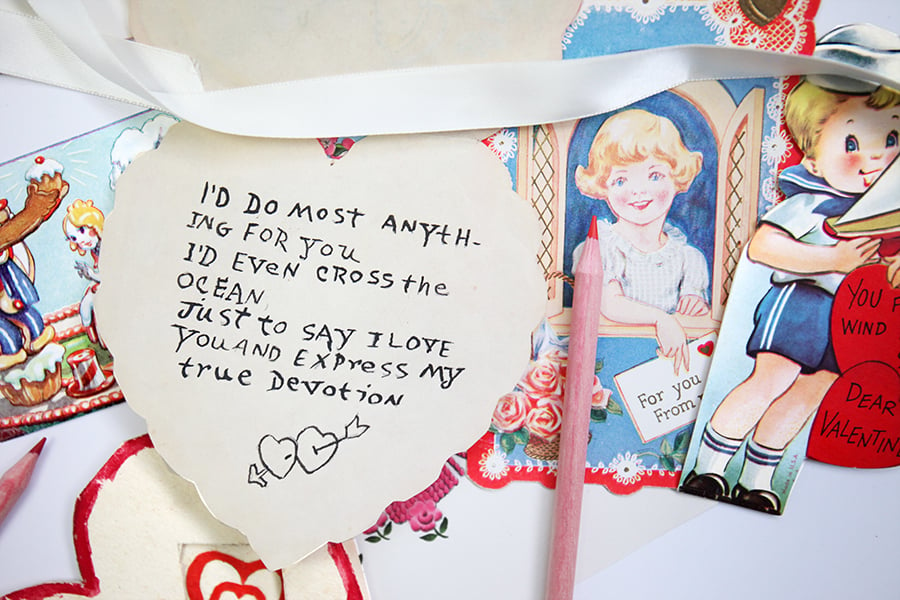 Antique Scrapbook of Collected Cards
Antique Scrapbook of Collected Cards
In the 1800s, displaying your cards in a single album was a popular leisurely pursuit. A lady or gentleman with the utmost social etiquette would send small cards to invite others to everything from social events to politely ask for conversation. Recipients of these cards could either politely accept or deny these requests.
An early form of scrapbooking, and also an early form of card displaying, calling card albums, eventually evolved as that specific mode of politeness went out of style. Into the 20th Century (and even occasionally now in the present day), it was popular to store birthday cards, Christmas cards, thank you notes, and more all together in one album to look back at for years to come. Think of it like a scrapbook just for your cards!

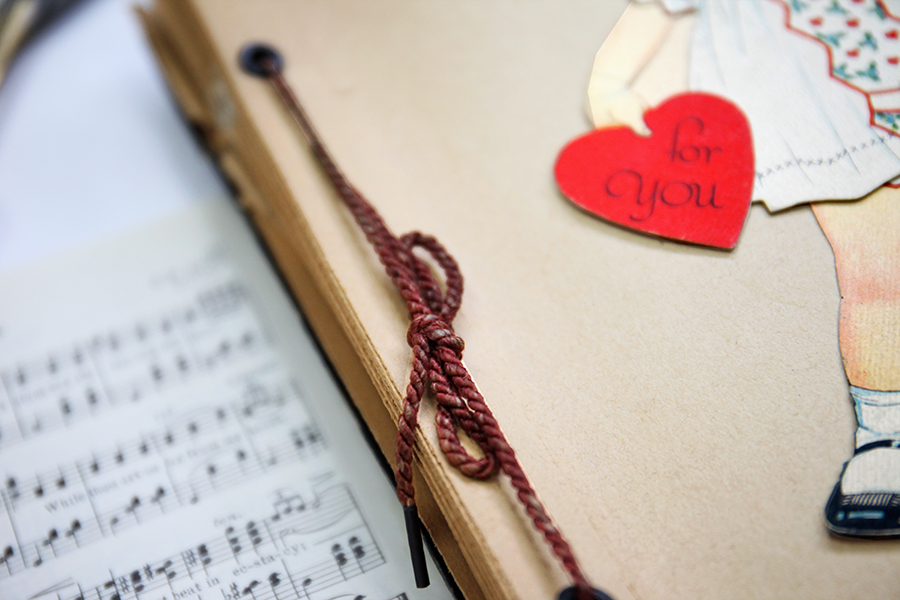

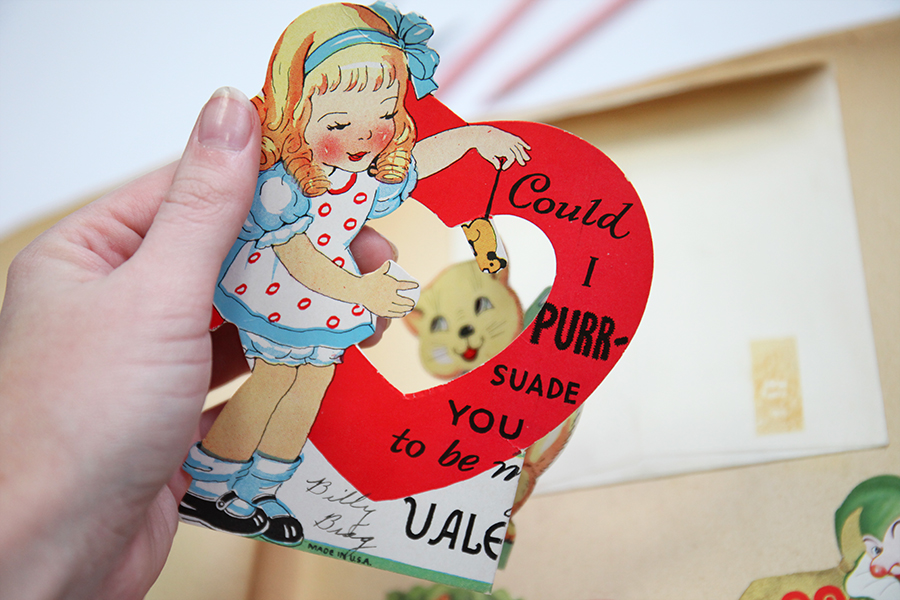
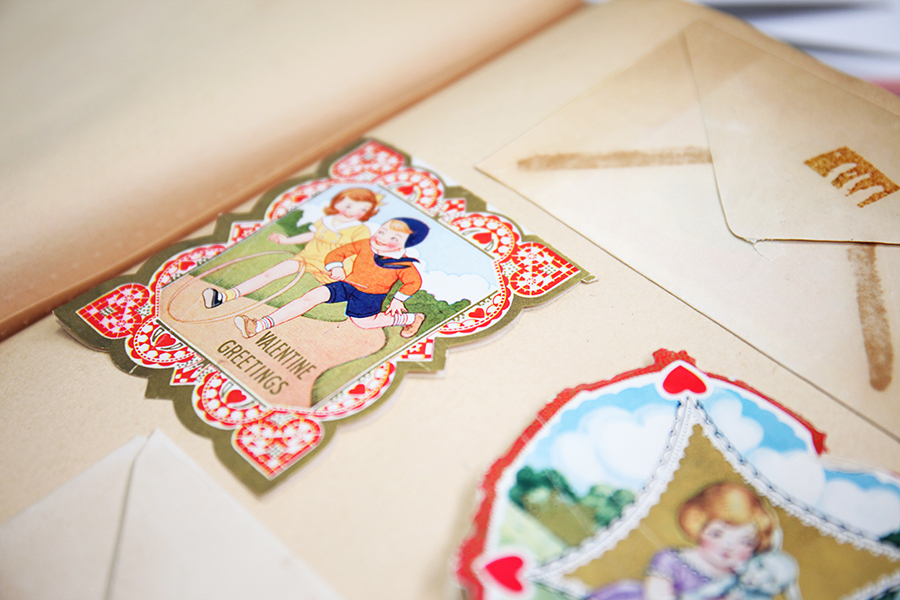
Valentine's Day Cards Today
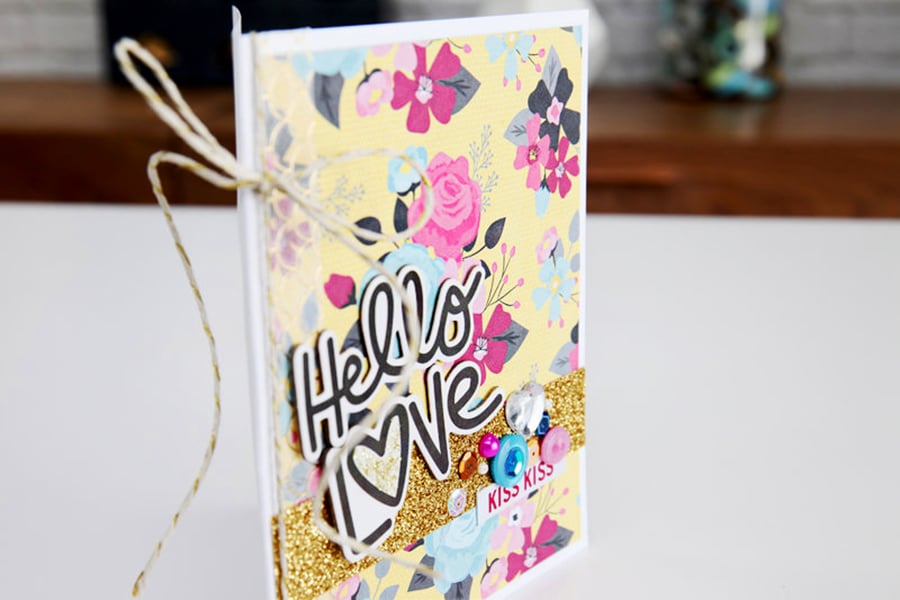
Today, according to the Greeting Card Association, Valentine’s Day is the second most popular holiday for Americans to send greeting cards. The U.S. trade association counts an estimated 145 million cards sold each year for the holiday, compared to 1.6 billion cards for the first place winner: Christmas. (Adding in classroom Valentine packs pushes the number of Valentines sold to over a billion each year – impressive, but still not beating out Christmas.) Of course, those numbers don’t include handmade valentines – everything from preschool children's scribbled crayon hearts to the mixed media masterpieces of avid paper crafters.
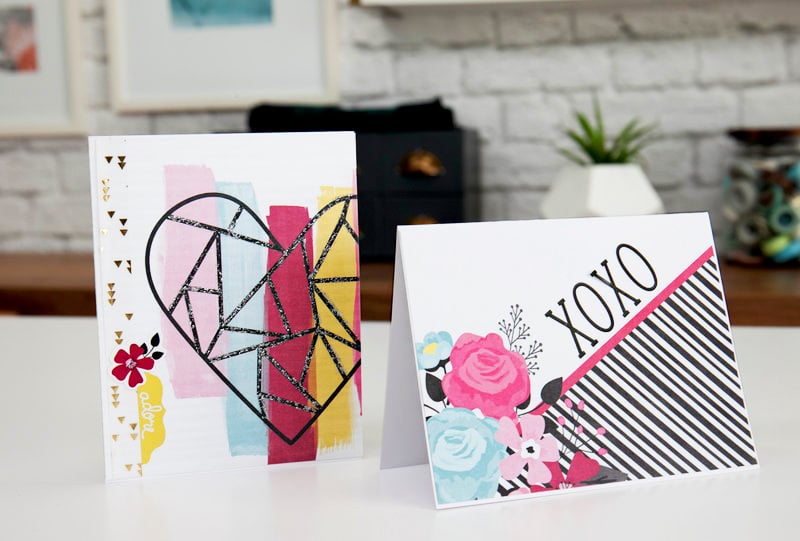 Like the Victorian era and the years that came before, the use of lace, intricate die cuts, and floral motifs remains. Valentine's Day cards, however, have changed over time. With the invention of print and Esther Howland's sequential diligence of making cards available to the public in mass, printed cards were à la mode for many years. The craze of handmade has cycled back around and cards of all shapes, sizes, colors, and patterns are created, given, sold, and purchased every year come the season of love.
Like the Victorian era and the years that came before, the use of lace, intricate die cuts, and floral motifs remains. Valentine's Day cards, however, have changed over time. With the invention of print and Esther Howland's sequential diligence of making cards available to the public in mass, printed cards were à la mode for many years. The craze of handmade has cycled back around and cards of all shapes, sizes, colors, and patterns are created, given, sold, and purchased every year come the season of love.
 Creating handmade is easier than ever, as the bestselling, most popular crafting supplies can now arrive at your door with just a few clicks of a button. Not only that, creating handmade items has been proven to be good for your health too, giving us more than enough of an incentive to create beautiful, meaningful, handmade cards on Valentine's Day.
Creating handmade is easier than ever, as the bestselling, most popular crafting supplies can now arrive at your door with just a few clicks of a button. Not only that, creating handmade items has been proven to be good for your health too, giving us more than enough of an incentive to create beautiful, meaningful, handmade cards on Valentine's Day.
From the Duke of Orleans to modern digital versions, Valentine’s Day cards have seen many iterations. But whatever the form, they all carry the same message: Will you be my Valentine?
If You Liked This Article, You May Also Like...
 |
Popular among paper crafters all around the world, stamping has a rich history that dates back to the Old Testament! Learn how stamping evolved to what it is today! |
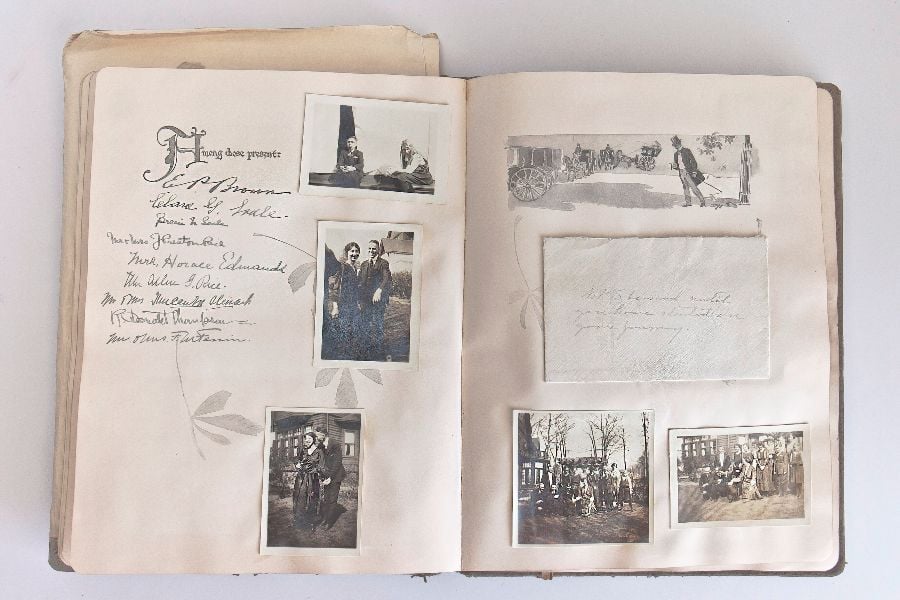 |
What do commonplace books, antique bibles, calling cards and page protectors all have in common? Take a journey through the deep and rich history of scrapbooking in the readable museum - no tickets or white gloves needed. |
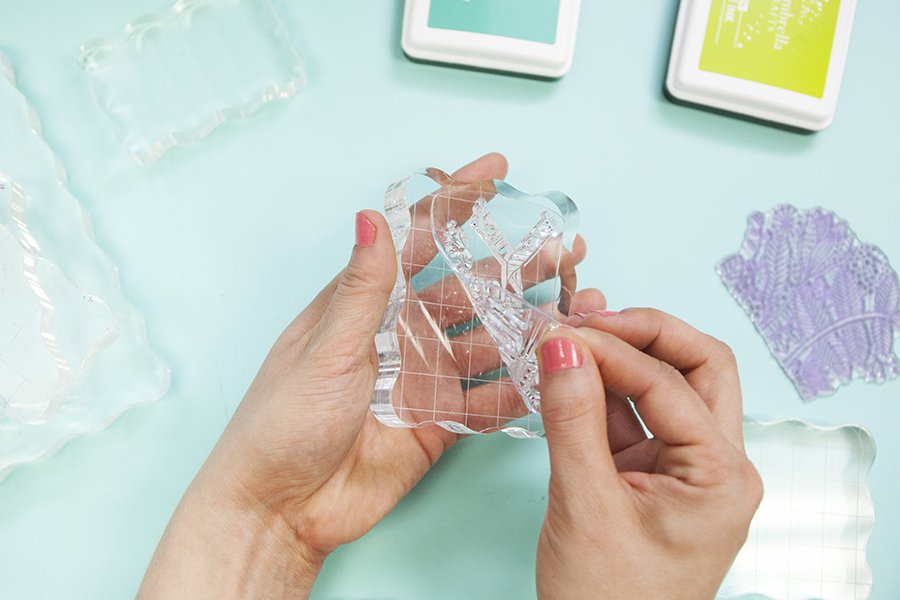 |
5 Things You Need to Know Before Buying Acrylic Stamps Whether you're a stamper or you're ready to jump into the addictive craft, this article will tell you the 5 things you must know before you buy acrylic stamps! |













